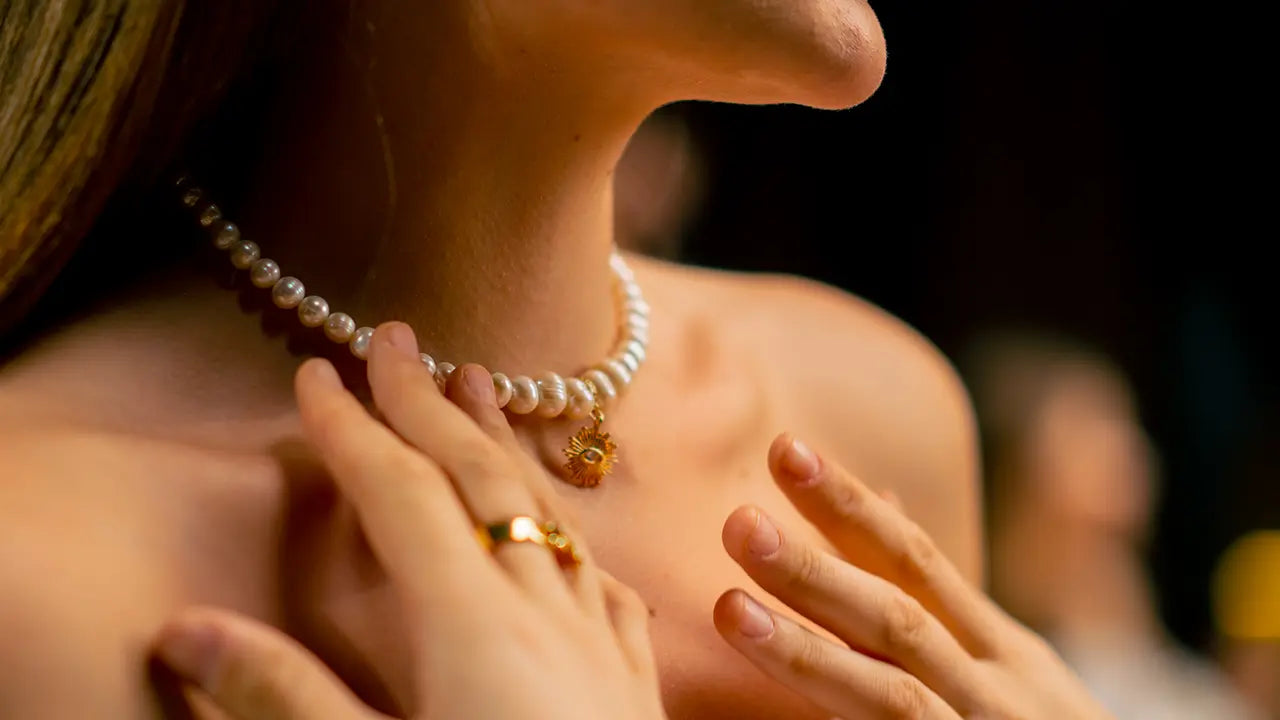
The Evolution of Nose Jewelry: From Tradition to Trend
Nose jewelry, a form of adornment that has been part of human culture for centuries, has transcended its traditional roots to become a significant trend in global fashion. This evolution reflects a blend of cultural heritage, personal expression, and aesthetic appeal. This blog post explores the historical significance of nose adornments, highlights various global traditions in nose jewelry, discusses its rise in Western fashion, and provides insights into proper nose jewelry care and maintenance.
Historical Significance of Nose Adornments
The tradition of nose adornments dates back thousands of years, with evidence of nose piercing found in ancient civilizations across the Middle East, Africa, and South Asia. In many cultures, nose jewelry served not only as a decorative element but also as a symbol of wealth, social status, and marital status. For example, in ancient India, the nose ring, or 'nath', was an integral part of traditional bridal attire, signifying a woman's purity and her husband's wealth. Similarly, in some African and Middle Eastern societies, nose rings were indicators of social hierarchy.
Global Traditions in Nose Jewelry
Nose jewelry varies significantly across different cultures, each with its unique styles, materials, and meanings:
South Asia: In countries like India and Nepal, nose piercings are deeply rooted in cultural and religious traditions. The left nostril is commonly pierced, based on Ayurvedic beliefs that it can ease childbirth and reduce menstrual pain.
Middle East: Nose rings have been a part of Bedouin jewelry traditions, symbolizing a family’s wealth and status. They are often given as wedding gifts to the bride.
Indigenous Cultures: Various indigenous peoples around the world have used nose adornments as part of their cultural expressions, from the Native Americans to the tribes of the Pacific Islands, each with their distinctive styles and materials.
The Rise of Nose Jewelry in Western Fashion
In the latter part of the 20th century, nose jewelry began to emerge in Western fashion, initially among the punk and hippie subcultures as a form of rebellion and non-conformity. Over time, it gained mainstream acceptance, with celebrities and fashion icons adopting nose piercings and helping to popularize them. Today, nose rings, studs, and septum piercings are widely embraced across different demographics, reflecting a broad spectrum of personal styles, from the subtle and elegant to the bold and edgy.
Nose Jewelry Care and Maintenance
Proper care and maintenance are crucial to ensure the longevity of nose jewelry and the health of the piercing. Here are some essential tips:
Cleaning: Regularly clean both the jewelry and the piercing site with saline solution to prevent infections.
Material Choice: Opt for high-quality materials like surgical steel, titanium, or 14k gold to minimize the risk of allergic reactions and irritation.
Rotation: Avoid frequent rotation of the jewelry during the healing process to prevent tissue damage and ensure proper healing.
Professional Help: Seek professional help for fitting or changing nose jewelry to avoid injury and ensure that the jewelry is appropriately sized for your piercing.
Nose jewelry's journey from traditional cultural symbol to mainstream fashion trend illustrates the dynamic nature of personal adornment and its ability to bridge cultural divides. Its evolution reflects a growing appreciation for the diversity of global traditions and the universal human desire for self-expression through fashion. Whether rooted in tradition or adopted as a trend, nose jewelry remains a powerful means of personal and cultural expression, with proper care and respect for its origins and significance enhancing its beauty and meaning.


